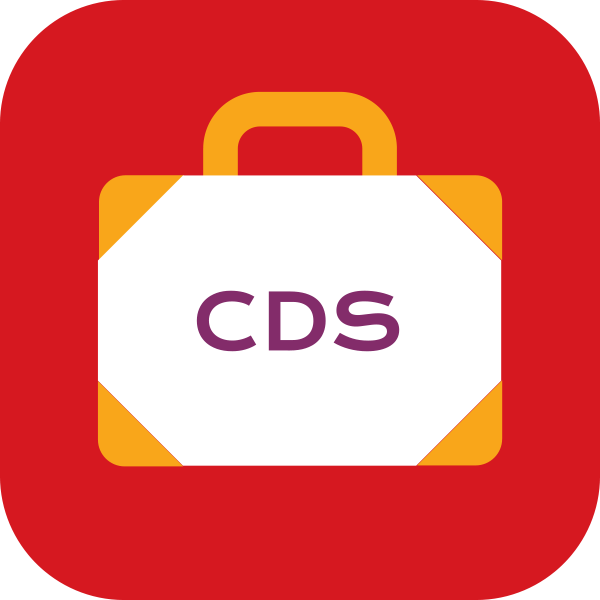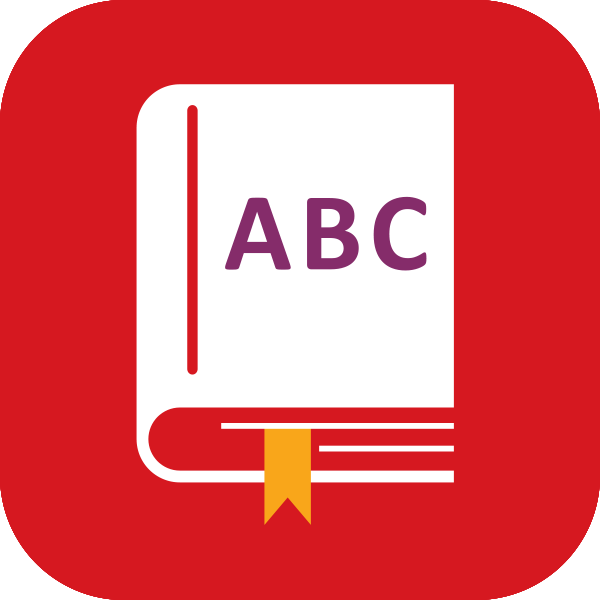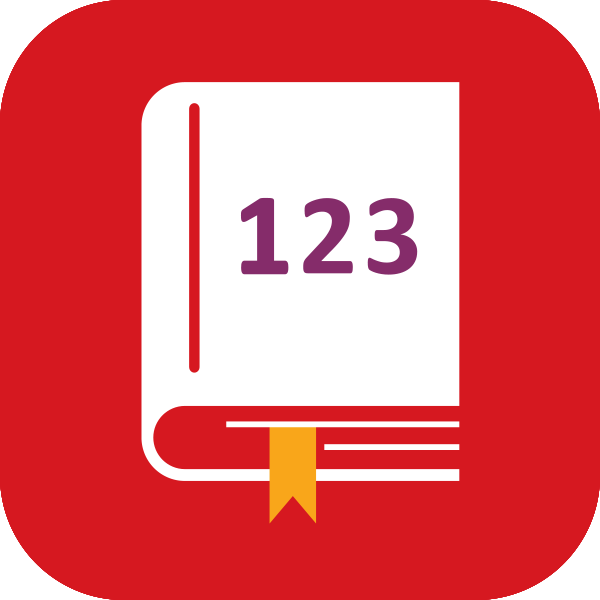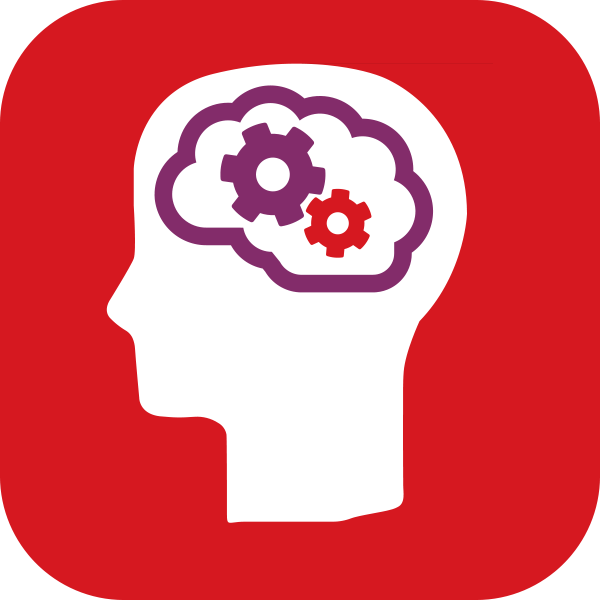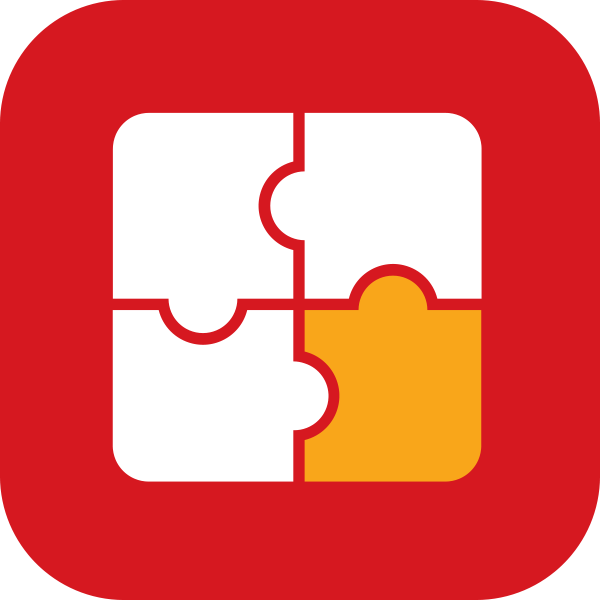Moving to digital testing
One of the initial challenges of implementing the CDS package was getting pupils’ ICT skills up-to-speed, since a lot of the work they were doing previously had been paper-based. We therefore made gradual changes to our paper-based practices to make these transferrable for digital testing. We found that pupils’ digital reading skills were enhanced during lockdown, as we began using Microsoft Teams for comprehension lessons every week.
Moving to the CDS package gave us access to a range of suggested interventions and targeted support for pupils. The Pupil Attitudes to Self and School (PASS) measure, also included in the package, provided us with powerful insights on how our pupils felt about themselves as learners – which demonstrated the impact these attitudes had on their attainment. We used PASS as part of our Engage programme last year to support the learning and engagement of pupils following the Covid-19 lockdown. Teachers also really liked the ability to monitor pupils’ reading progress over time with the New Group Reading Test (NGRT).
“ ”
Analysing the data
We used the data from these assessments with SIMS to track and compare pupils, allowing us to view stanines across different year groups alongside discrepancy grades. It was important to ensure that teachers were aware of the differences between progress attainment and discrepancy attainment. We therefore set aside time during development days for them to analyse the data –review where the pupils were at, identify any discrepancies and establish what interventions could be put in place.
We arranged for GL Assessment’s Northern Ireland trainer, Eileen Donnelly, to come into school during some of our development days to work with our teachers and support some of our classroom assistants with their understanding of the reports. It was very easy to arrange this training and Eileen was extremely knowledgeable and supportive. We have since cascaded the training to staff on several occasions in order to provide refreshers on the data.
This training has helped to reinforce our teachers’ understanding of the pupils and what strategies will work best for them. For any pupils that might have slipped through the net and need further support, we have been able to work their teachers and the SENCO to investigate what support we can put in place. It is important for us to consider teacher perspective alongside this data, since they will have first-hand knowledge of the pupils and their backgrounds.
“ ”
Taking a steady pace
We are very fortunate that the Assessment Co-ordinators in our school have been so proactive and competent with the data over the years. Therefore, we have not needed to take as much advantage of the support provided with the CDS package as other schools. However, any time we have got in touch with the team at GL Assessment for technical support they have been very thorough and helpful.
Having used the CDS package for many years, we certainly wouldn’t go back to paper testing as we have saved so much administration time with the digital testing and instantaneous reports. Depending on where schools are at in their assessment journey, we recommend taking a slow and steady pace with the package. There are so many possibilities with all the reports and insights included that it may be overwhelming initially. It is therefore better to “dip your toe” in first, take full advantage of the support available and evaluate how this will work best in your setting.
Holy Trinity Primary School is one of our Advocate Partners



